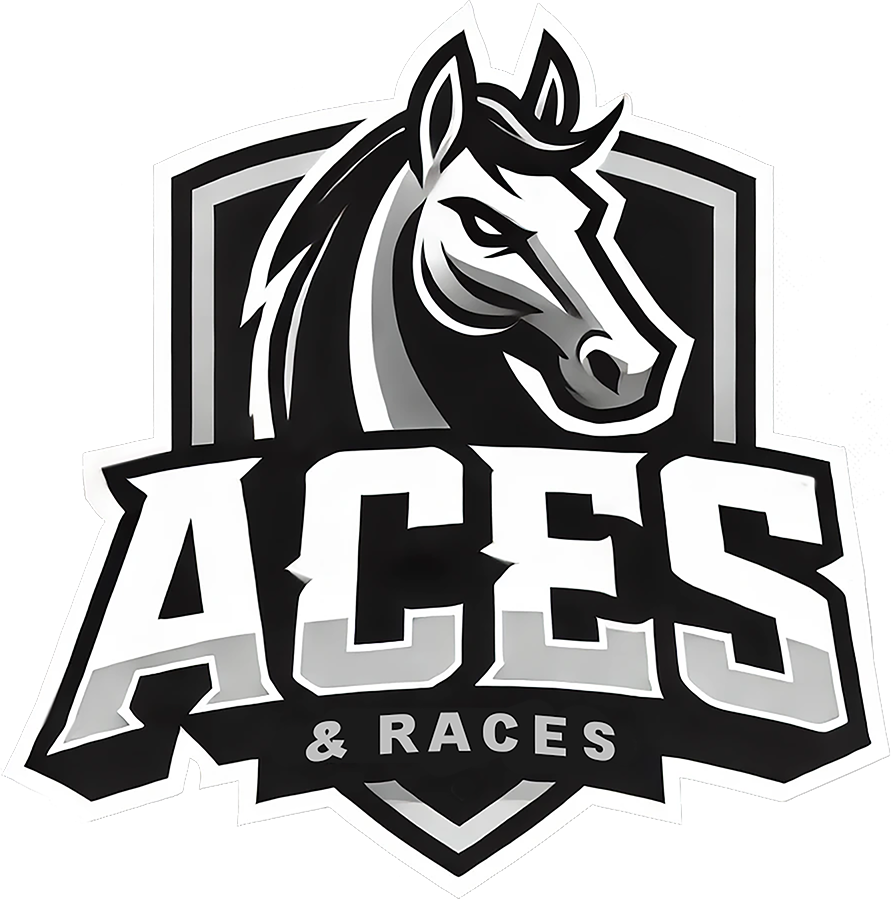Three Wide: Advantage or Achilles’ Heel?
Three Wide: Advantage or Achilles’ Heel?
Ever heard the phrase “went three wide” in horse racing and wondered what it really means? Let’s break it down.
Going three wide in a race simply means a horse is running three paths out from the rail. Sounds harmless, right? But here’s the kicker: in horse racing, every inch counts. Horses running three wide are traveling farther than those hugging the rail, especially around turns. That extra ground covered could mean the difference between victory and a near-miss.
Why It’s (Usually) a Bad Thing:
• More Distance = More Effort: Covering extra ground means the horse has to work harder. And in a high-speed race, every ounce of energy matters.
• Lost Efficiency: Horses running three wide miss out on the efficiency of a shorter, more direct path around the track.
But Here’s the Twist:
Sometimes, being three wide is a tactical move. It can allow a horse to avoid getting boxed in or stuck in traffic. A clear running lane often gives the jockey the freedom to let their horse unleash its full potential. Plus, some tracks favor slightly off-the-rail runners, making that three-wide trip not such a bad thing after all.
The Bottom Line:
Going three wide isn’t always ideal, but it’s not a death sentence either. In the hands of a skilled jockey, it can be the path to a thrilling victory—or, at the very least, an excuse for an epic photo finish!
So, the next time you’re watching a race and see a horse go wide, don’t count them out just yet. They might just have the perfect plan to steal the show.
